Sri Lanka’s journey toward a digital energy ecosystem remains uneven, with progress slowed by limited funding, fragmented coordination, and the absence of a national roadmap, says the Institute of Policy Studies (IPS) in its flagship report, State of the Economy 2025.
Although the National Energy Policy (NEP) 2019 provided a framework for energy sector digitalisation, the IPS notes that implementation has been inconsistent and hindered by the broader macroeconomic crisis.
“The NEP 2019 was implemented in an era of multiple crises, when the power sector was severely affected by import price hikes and shortages due to the foreign currency crisis,” the report observes.
Pilot Projects and Early Progress
Interviews with the Ministry of Power and Energy, Ceylon Electricity Board (CEB), Public Utilities Commission of Sri Lanka (PUCSL), Lanka Electricity Company (LECO), and the Sri Lanka Sustainable Energy Authority (SLSEA) highlight ongoing pilot projects and the early adoption of smart-grid technology.
A $200 million loan from the Asian Development Bank (ADB) is supporting efforts to modernise the national grid and introduce battery storage systems.
A notable example is a grid pilot project at the University of Moratuwa, which combines research with practical skill development in energy digitalisation.
Feasibility studies are also underway to establish renewable-energy control centres capable of real-time monitoring through digital platforms.
According to the report, the digital monitoring system will soon extend to wind power plants, integrating data for grid control with ADB support.
Smart Metering and Customer-Centric Digital Tools
LECO has introduced several digitalisation pilot programs, including an Enterprise Resource Planning (ERP) system and around 5,600 projects focusing on smart metering.
Of approximately 38,000 consumer accounts, nearly 25% now use smart meters that enable remote readings and digital billing. Weather stations installed at key transformers also assist with predictive maintenance, helping staff locate faults within a 10–15 km range.
Meanwhile, the CEB, which serves 7.2 million customers, has developed digital platforms such as the CEB Care app and SMS-based systems for billing, account management, and outage reporting using GPS and GIS-linked tools.
LECO’s MyLECO app provides consumption history, alerts, and multi-language support, and has been integrated with CEB Care to enhance utility–consumer engagement.
Despite these advances, IPS warns that digitalisation targets under the 2020–2024 energy policy remain only partially achieved due to funding shortages, weak coordination, and the lack of a national digitalisation roadmap.
Key reforms such as data-governance frameworks and mandatory building-management systems have yet to be effectively implemented.
The IPS emphasizes that the next phase of Sri Lanka’s energy digital transformation hinges on a unified national framework. “Implementing the proposed data-governance system, enforcing mandatory building-management systems, and executing a comprehensive digital-transformation plan for the entire energy value chain are prerequisites for sustained progress,” the report concludes.



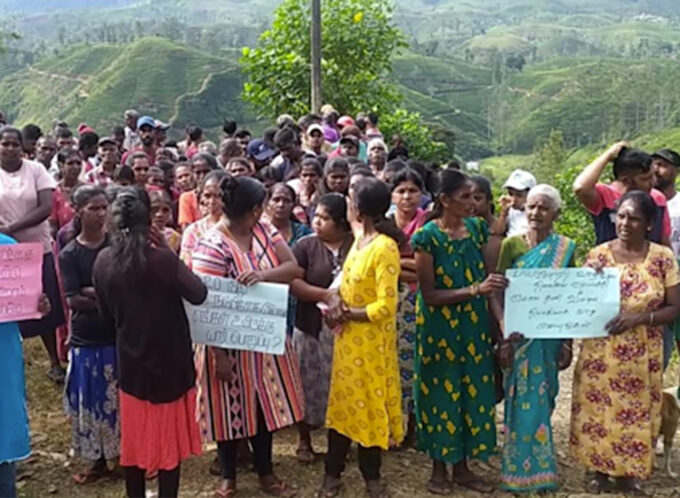
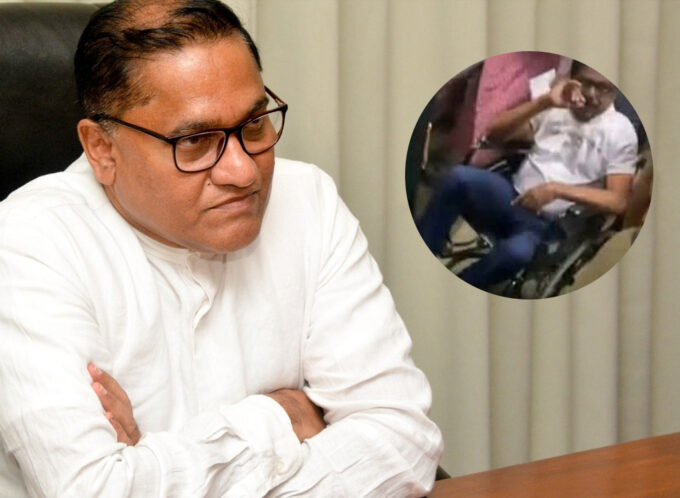
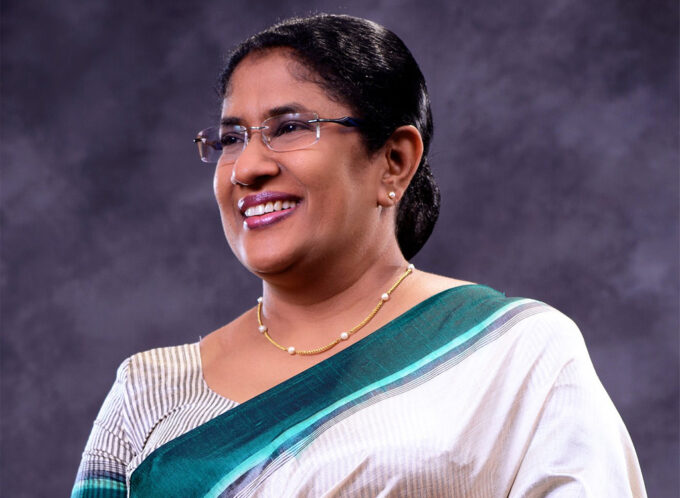
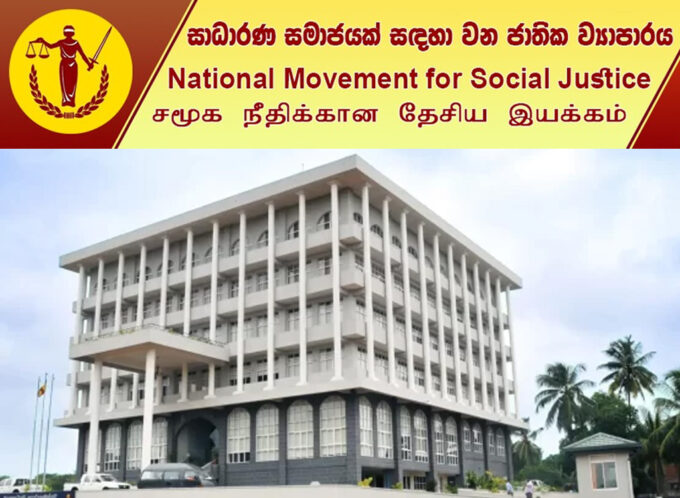


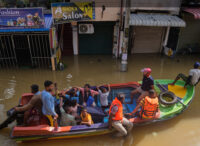

Leave a comment